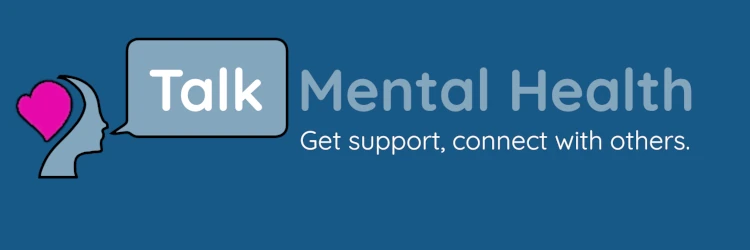Introduction
Depression is a prevalent mental health condition that affects millions worldwide, transcending age, gender, and socioeconomic boundaries. This article seeks to elucidate the complexities surrounding depression, shedding light on its underlying causes, manifestations, and potential treatment modalities.What is Depression?
Depression is not merely a fleeting feeling of sadness or despondency; it represents a pervasive and prolonged state of low mood, loss of interest or pleasure in activities, and a range of physical and cognitive symptoms. Unlike transient emotional fluctuations, depression can significantly impair daily functioning, relationships, and overall quality of life.Types of Depression
Major Depressive Disorder (MDD):
MDD is characterized by persistent feelings of sadness, hopelessness, and a lack of interest in previously enjoyed activities, lasting for at least two weeks or longer.Persistent Depressive Disorder (Dysthymia):
Dysthymia involves chronic but less severe symptoms of depression that persist for two years or more.Bipolar Disorder:
Bipolar disorder encompasses periods of depressive episodes alternating with manic or hypomanic episodes characterized by elevated mood, increased energy, and erratic behavior.Seasonal Affective Disorder (SAD):
SAD is a subtype of depression that typically occurs during specific seasons, most commonly in winter due to reduced sunlight exposure.
Causes of Depression
Understanding the etiological factors of depression requires a multifaceted approach, considering biological, psychological, and environmental elements. Key contributors include:Biological Factors:
Imbalances in neurotransmitters such as serotonin and dopamine, genetic predispositions, hormonal fluctuations, and brain structure abnormalities can contribute to depressive symptoms.Psychological Factors:
Past trauma, adverse childhood experiences, low self-esteem, and maladaptive thought patterns can exacerbate vulnerability to depression.Environmental Factors:
Stressful life events, chronic illnesses, substance abuse, socioeconomic disparities, and interpersonal conflicts can precipitate or exacerbate depressive episodes.
Symptoms of Depression
Recognizing the hallmark signs and symptoms of depression is crucial for timely diagnosis and intervention. Manifestations encompass:Emotional Symptoms:
- Persistent feelings of sadness, hopelessness, or emptiness
- Loss of interest or pleasure in activities
- Irritability, agitation, or mood swingsCognitive Symptoms:
- Impaired concentration, decision-making, or memory
- Pessimistic thoughts, self-criticism, or feelings of worthlessnessPhysical Symptoms:
- Fatigue, lethargy, or decreased energy levels
- Sleep disturbances, insomnia, or oversleeping
- Appetite or weight changes
Coping and Treatment Strategies
Managing depression necessitates a comprehensive and individualized treatment approach, incorporating:Psychotherapy:
Cognitive-behavioral therapy (CBT), interpersonal therapy, and psychodynamic therapy can help individuals explore underlying issues, develop coping strategies, and foster resilience.Medication:
Antidepressants, mood stabilizers, and atypical antipsychotics may be prescribed to alleviate symptoms and restore neurotransmitter balance.Lifestyle Modifications:
Engaging in regular physical activity, maintaining a balanced diet, prioritizing adequate sleep, reducing stressors, and avoiding substance misuse can enhance overall well-being.Support Networks:
Building a strong support system, participating in support groups, and fostering open communication with loved ones can provide emotional validation, practical assistance, and a sense of community.
Depression remains a formidable mental health challenge necessitating empathy, awareness, and proactive intervention. By fostering understanding, promoting early detection, and advocating for evidence-based treatments, individuals grappling with depression can embark on a transformative journey towards recovery, empowerment, and renewed hope.
